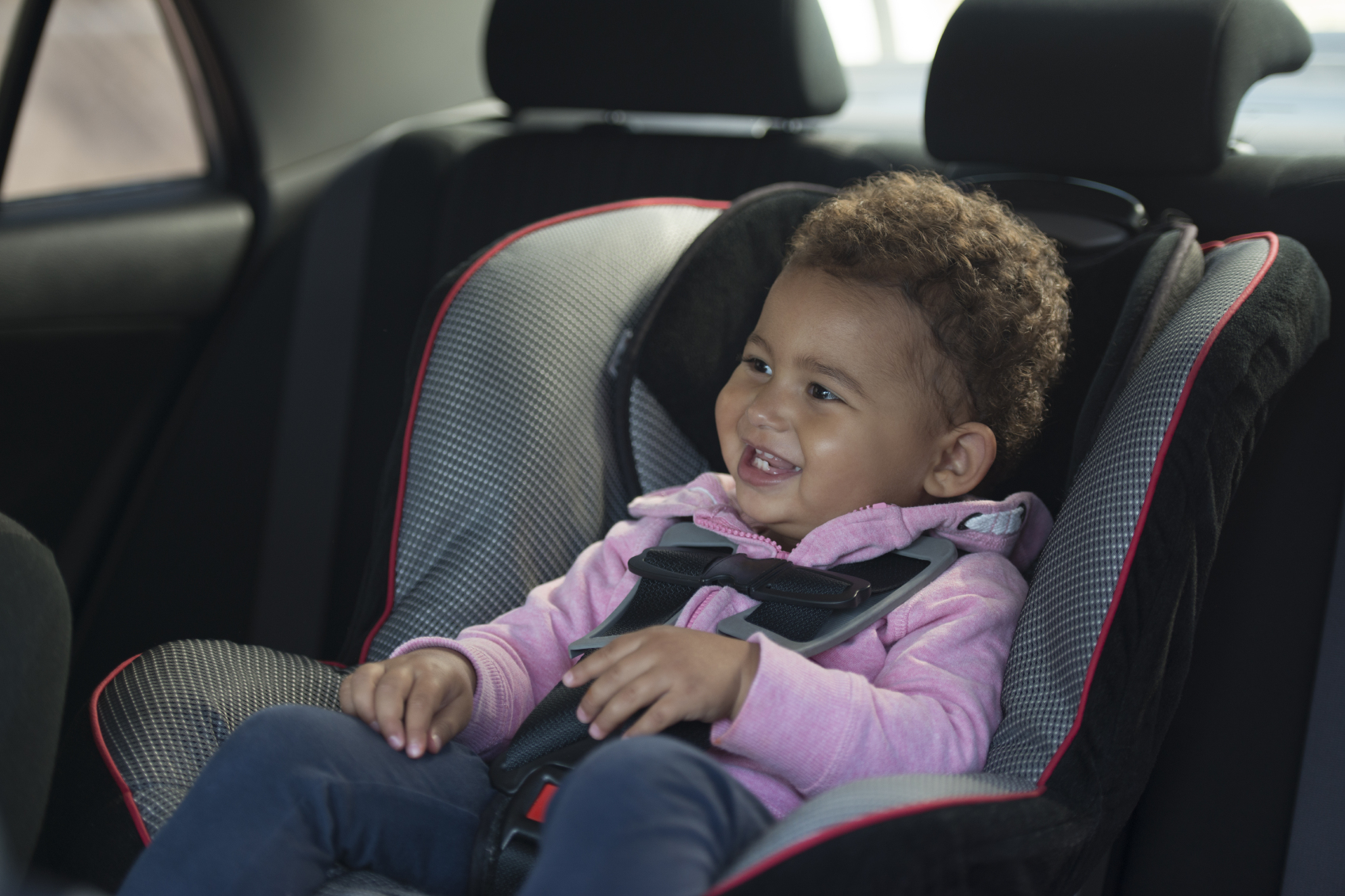
Did you know that every 33 seconds a child under 13 is involved in a car crash in the United States? That probably isn’t the first thing you think about when you’re hauling your kids to school, the grocery store or anywhere else around town. Really, you shouldn’t have to worry about whether or not your child is safely snuggled into the right car seat. Instead, make sure your child is in the right seat from the get-go.
Safety seats, if used correctly, can dramatically reduce the risk of fatality or injury. But over half of car seats are misused in a way that could reduce their effectiveness, and 1 in 3 children killed in car crashes were completely unrestrained at the time of the crash. Just the thought is devastating. So why not select the right car seat from the start?
And just because you THINK you know you have the right car seat, think again. Wouldn’t it just be best to know, without a doubt, that your child is in the right seat?
1 in 3 children killed in car crashes were completely unrestrained at the time of the crash.
Don’t wait until it is too late. Review this step-by-step guide and the safety tips below to make sure you have the right seat buckled in the right way.
- Find a car seat that fits. As children grow, how they fit in their car seat will change. Make sure the car seat you purchase is designed to fit your child’s current size and age.
- Not all car seats fit in all vehicles so test the car seat you plan to buy to make sure it fits correctly in your vehicle.
- Before installing your car seat in your vehicle and putting your child in the car seat, read the manufacturer’s instructions so you know how your car seat works.
- All-in-one car seats offer the advantage of using the same seat for the following positions: rear-facing, forward-facing with harness, then booster. These seats typically have higher height and weight limits for the rear-facing position, allowing you to keep your child rear-facing for a longer period of time.
Originally published by the Ad Council and the U.S. Department of Transportation’s National Highway Traffic Safety Administration (NHTSA)











